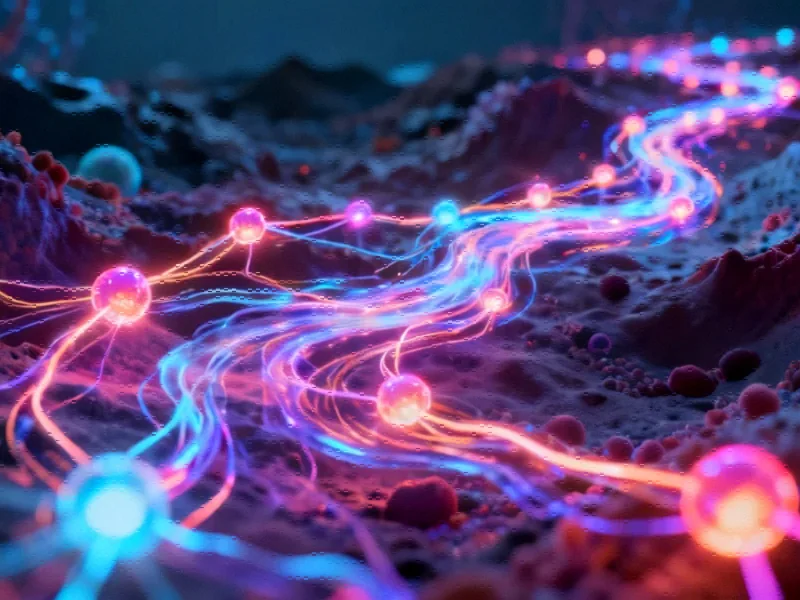Graph-Based AI Model Maps Cellular Communication Networks in Single-Cell Data
Researchers have developed GraphComm, a graph-based deep learning method that predicts cell-cell communication from single-cell RNA sequencing data. The approach integrates ligand-receptor annotations with expression data to map interaction networks across biological systems. Validation studies demonstrate its utility in identifying communication patterns in embryonic development, cancer drug response, and spatial microenvironments.
New Computational Framework Decodes Cellular Communication
Scientists have developed a novel graph-based deep learning method that reportedly predicts cell-cell communication (CCC) from single-cell RNA sequencing data, according to research published in Scientific Reports. The method, called GraphComm, leverages detailed ligand-receptor annotations alongside expression values and intracellular signaling information to construct interaction networks that can prioritize multiple interactions simultaneously.

